
‘A friend of ours, a hoof trimmer, told us that farms where farmers say they are ready start to die in a short time. It’s terribly boring to get up, milk, and manure and not know anymore why you’re doing it. So we have goals that inspire us, that keep the farm alive.’

US Ambassador David Pressman is being true to his own self: in a recent interview he accused the Hungarian government of lying, stating that during the campaign before the European Parliament elections, government politicians falsely claimed that NATO would drag Hungary into the war in Ukraine.

‘If everyone agrees on everything, it presents a strange vision of a democratic society,’ remarked German journalist Ralf Schuler during the launch event of his latest book, published in Hungarian by the Center for Fundamental Rights. The book delves into the themes and perils of the herd mentality that is increasingly prevalent in Western societies, drawing comparisons with the era of socialism.

‘It is debatable whether the COP negotiations themselves achieve much, given that a global consensus is typically only possible when the wording is so vague as to mean anything, which is closer to meaning nothing than something…What is clear, however, is that COP has been co-opted by the very form of political economy that provoked its existence. Much like Dubai itself, this is the sort of event that only late-stage capitalism might produce—a monument to the branding-industrial complex. One cannot help but sense that in its contradictions and shallow affect, COP is less a cure for what ails us, but rather a symptom of the problem to be cured.’

The festival will feature productions made for cinema, television, and streaming platforms in various genres; overall, around a hundred Hungarian films will be screened in Veszprém, Balatonfüred, and Balatonalmádi at a total of twelve venues.

Within the HUMDA national championship, the ORB and ORC fields will start with 62 participants on Friday afternoon, while 35 competitors in ORB 2 and 3 will conclude their races by noon on Friday. Additionally, eight Trabant 601s will compete in the Zwei Takt Memory support race.

Hungary are going to their unprecedented third consecutive European Championship after an unbeaten qualifying campaign. They are regarded as the clear underdogs against Germany, the slight underdogs against Switzerland, and the slight favourites against Scotland in their group by bookmakers. Meanwhile, England have the best chance of winning the tournament according to the bookies, ahead of teams such as France, Spain, and hosts Germany.

In Budapest, those interested in the events and exhibitions for the Night of Museums will be able to attend with a unified wristband: adult wristbands cost 3000 forints, while children’s wristbands (ages 6 to 18) cost 1500 forints. The wristbands not only provide entry to participating institutions and programmes but also allow free use of the BKK museum bus routes.

The documentary will be premiered to the public on 14 June at the MOZ.GO Hungarian Film Festival, and is also expected to be available on streaming platforms.

Researchers at the HUN-REN Institute of Experimental Medicine (KOKI) have uncovered the precise mechanisms occurring at synapses using an extremely high-resolution microscope. The significance of the discovery is underscored by its publication on the cover of Science Advances, one of the world’s leading scientific journals.

Public media’s sports channel, complemented by the National Sports Radio (launching on 14 June), Kossuth radio, M1, national sports daily Nemzeti Sport, and their online platforms, aims to showcase as much as possible in excellent quality from the European Championship and later the Paris Olympics. The football festival kicks off in Germany on 14 June with the Hungarian national team playing their first match on 15 June. Hungarian public media will broadcast all matches live on the nationwide, free-to-air M4 Sport channel and m4sport.hu website.

‘We won the first half, 1–0 here. Now, let’s wait for Donald Trump to bring in the second half,’ Hungarian Prime Minister Viktor Orbán said in a humorous tone during an interview with M1 public television as he assessed the results of Sunday’s European Parliament and local elections. PM Orbán emphasized that Fidesz defeated both the old and new opposition simultaneously, which he considers a particularly valuable outcome.
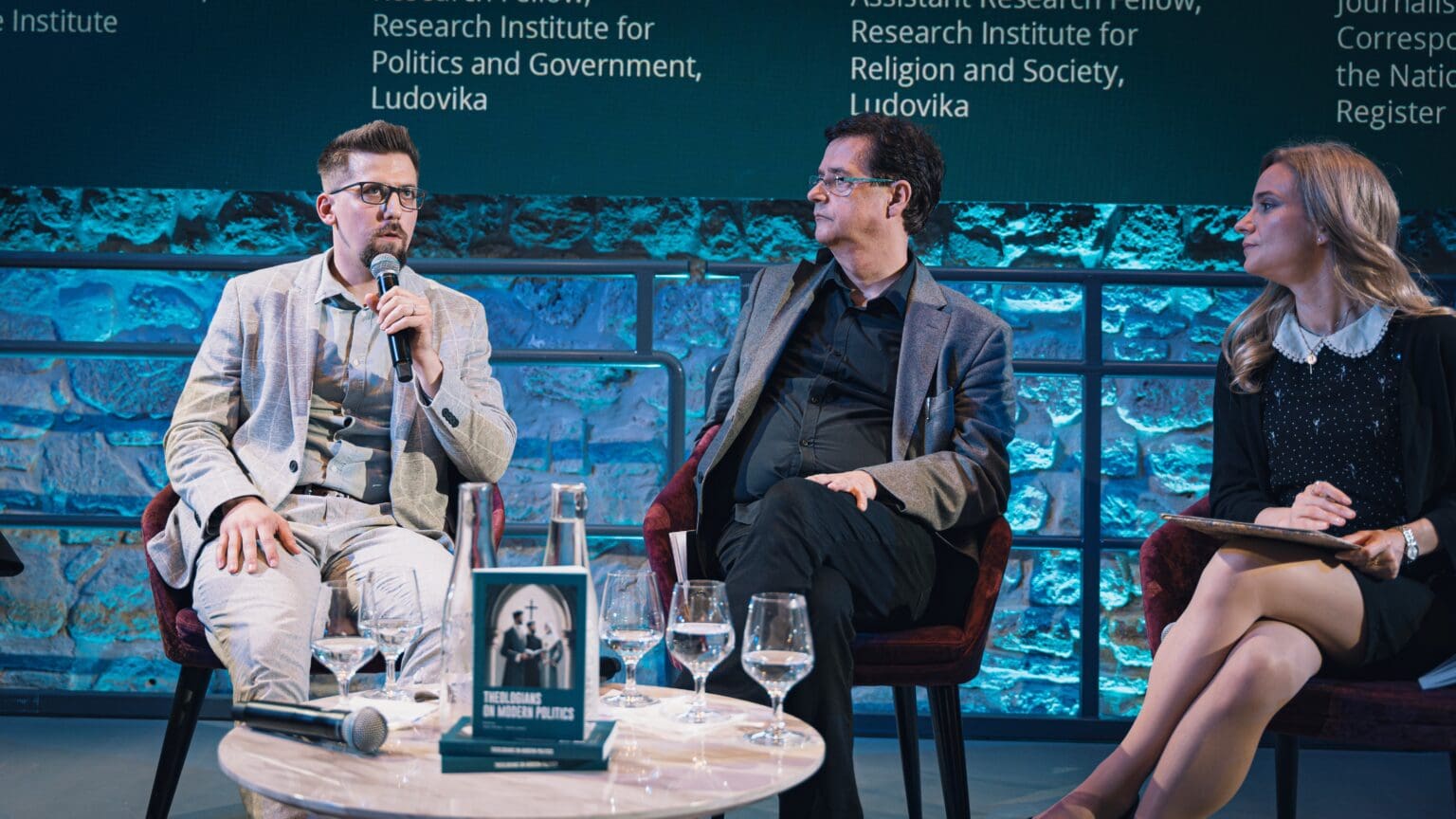
The French Revolution, the Napoleonic wars, the emergence of capitalism, and the development of the first nation-states put both Protestant and Catholic churches in a position they could never have dreamed of a few decades before. Even though reconciliation between state and church came fast, these events served as a Rubicon in Western history and civilization. The clergy, regardless of its faith, had to rediscover itself in a totally different political and socio-cultural environment. The insightful book Theologians on Modern Politics, presented on 4 June, attempts to demonstrate the changing nature of both religious institutions and the faith itself, which allowed Christian ideas and communities to remain key players in modern politics.

‘The question I am left with about Hazony’s rediscovered conservatism is whether it is a conservatism that is, or could be, rediscovered, or is it a conservatism that has never existed. And, even if it did exist at one time, could it ever exist in current circumstances, in which we live in a far more open type of society than Hazony envisages? If this latter is not the case, then as one who values aspects of our openness and indeed our rationality more than Hazony appears to, I have to conclude that, for all its merits and passion, Hazony’s book offers us no more than a dream.’
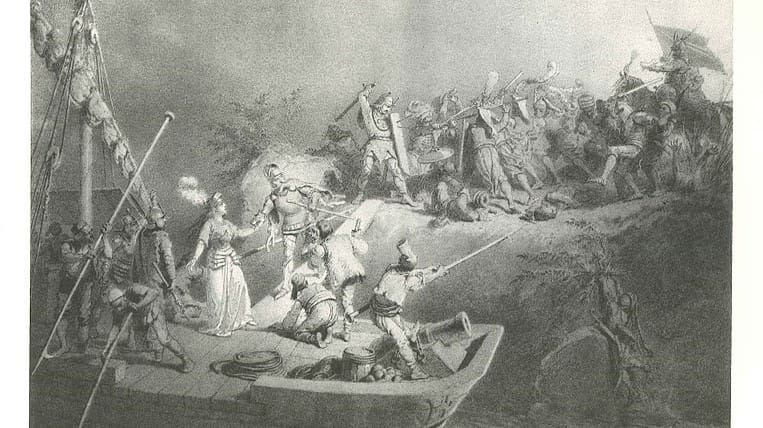
Galambóc (Golubac in today’s Serbia), still an imposing fortress on the banks of the lower Danube section, first appears in the annals of history when Turkish invasions approached and even reached the former borders of Hungary. King Sigismund, however, is not usually praised in military historical literature for the siege of Galambóc, although he acted with great foresight and care.

Silvana Heißenberg was a renowned actress in Germany until she publicly criticized Angela Merkel’s migration policy. Following this, she was labelled a Nazi, subjected to a smear campaign, and effectively blacklisted from employment. She has now relocated to Hungary to begin a new, safer chapter of her life.

The 4 June conference organized by the Climate Policy Institute of the Mathias Corvinus Collegium focused on ESG and its effects on society, the economy, business and social perceptions.

The majority of the EU tries to alleviate the demographic and labour market challenges by promoting digitalization, increasing the activity of the over-65 age group and pushing back the retirement age, as well as employing foreign workers. Hungary, however, chose another path that aims to strengthen the families.

Avi Benlolo of The Abraham Global Peace Initiative directed the film which showcases the terror of the villains, and the bravery of the heroes of the fateful 7 October attacks. Before the screening, distinguished guests, such as Israeli Ambassador to Hungary Yacov Hadas-Handelsman made short speeches.

With 170 exhibitors, 150 stands, and over a thousand book signings, as well as panel discussions, book launches, and concerts, the 95th Book Week will welcome the public from 13 to 16 June at Vörösmarty and Vigadó Squares, and along the Danube Promenade in Budapest.
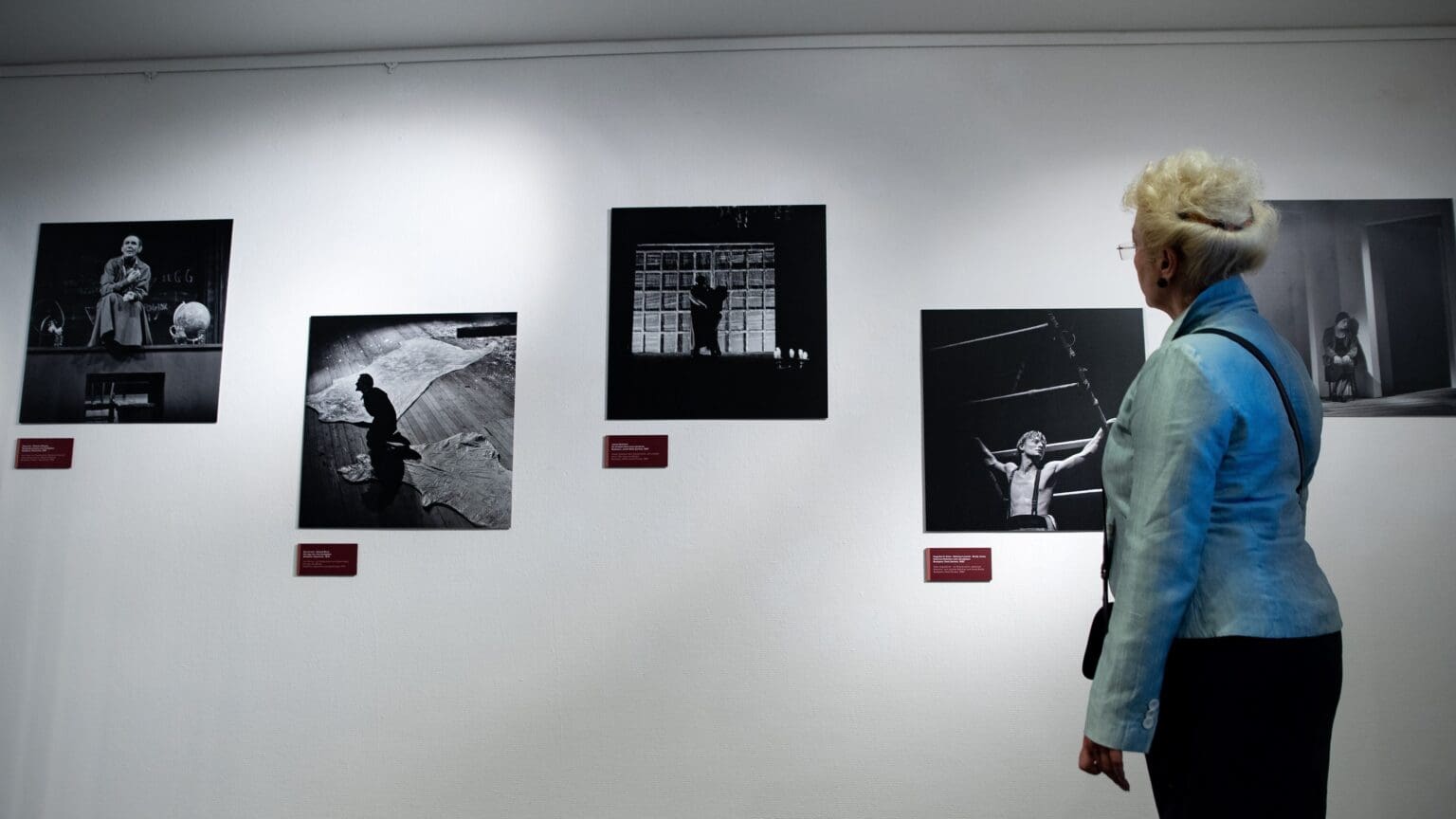
Keleti pioneered theatrical photography, capturing every significant moment of Hungarian stages. She documented rehearsal processes, the triumphs of premieres, and ventured behind the scenes.

At the award ceremony held in Singapore on 30 May, Hungarian real estate projects won three gold and one silver medal. The MOL Campus secured two first prizes, winning gold in both the office building and the environmental architecture categories.

Azahriah will be the first Hungarian singer in a long time to perform in the pre-headlining slot. The young talent recently filled the Puskás Arena three times in a row, and will now perform on the main stage of Sziget to a swelling audience of 60–70,000 people.

Marco Rossi’s men lost to the Irish team who, unlike Hungary, did not qualify for Euro 2024. The Irish scored the winner in the 92nd minute after a quick counterattack following a Hungarian corner, setting the final 2–1 scoreline.
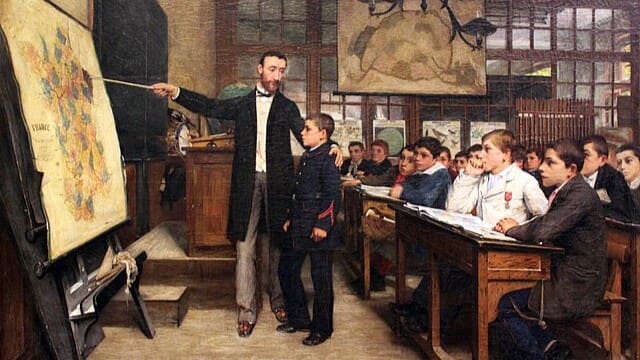
‘The character of the educator is a fundamental determinant of the personal development of students, and in addition to professional knowledge, it has therefore been important throughout the centuries to be able to set an example also in the personality of the teacher.’

Hungarian Prime Minister Viktor Orbán gave an interview to the Italian newspaper Il Giornale, in which he stressed that the current European Commission led by Ursula von der Leyen has failed regarding everything from war to agriculture. He emphasized that there is no other choice: the European right must take over after the elections.
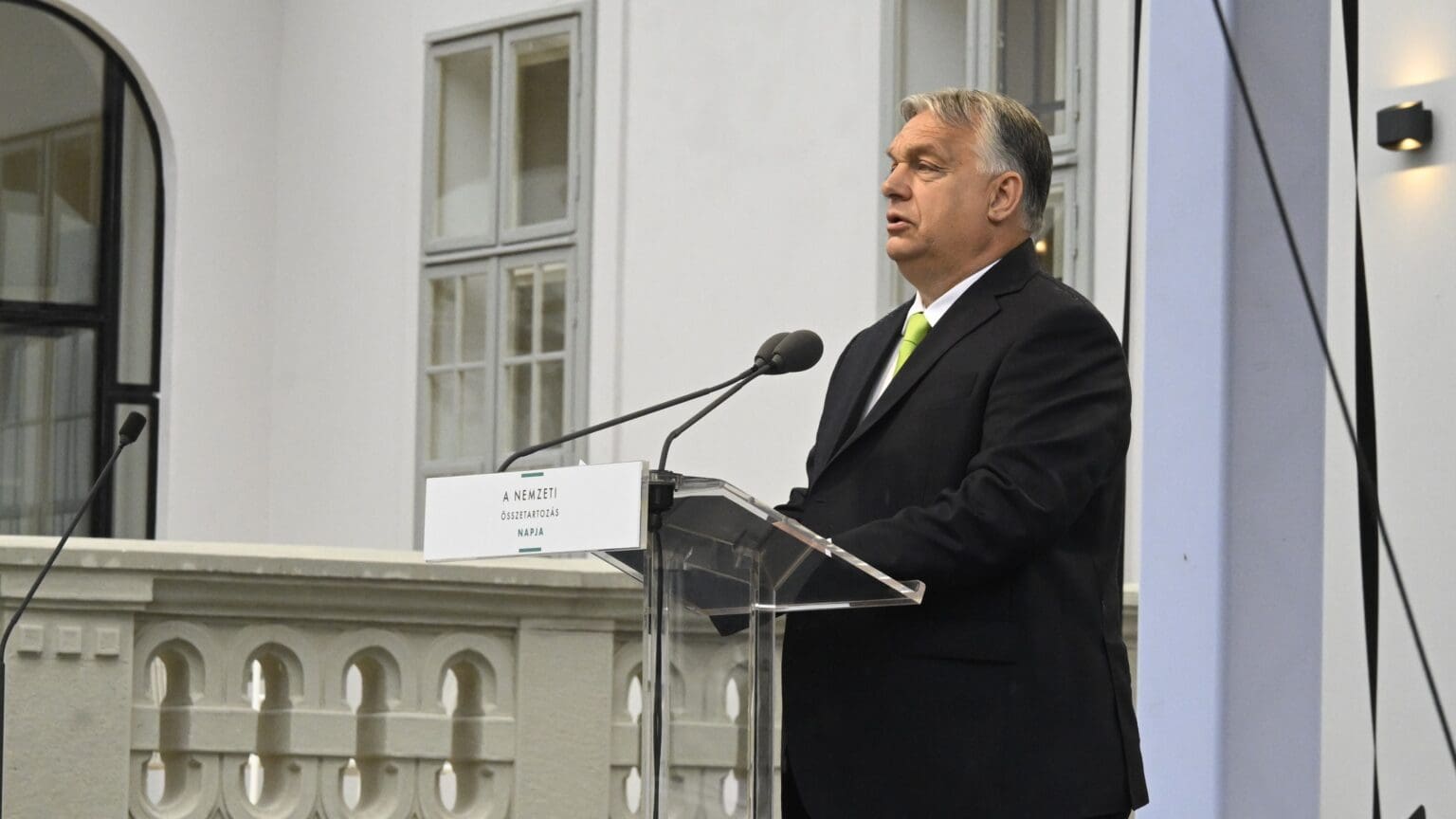
‘Today, we must achieve what Prime Minister István Tisza could not: prevent Hungary from being drawn into another European war,’ Hungarian Prime Minister Viktor Orbán stressed in his speech on the Day of National Unity. 4 June marks one of the darkest days in Hungarian history: signed on this day in 1920, the Treaty of Trianon caused Hungary to lose about two-thirds of its territory and one-third of its population.

According to the decision of World Athletics (WA), Budapest will be the venue for the first-ever World Athletics Ultimate Championship in 2026. WA President Sebastian Coe said that the decision was made partly because of the success of last year’s World Athletics Championship. In 2026, the Hungarian capital will also host the Champions League final.

‘I was on stage already before I could have any inhibitions. That’s not to say that I don’t have them in other areas, but I feel lucky that I was given this way of life. It was put in front of me, and I couldn’t imagine my life without it. It gives me security.’
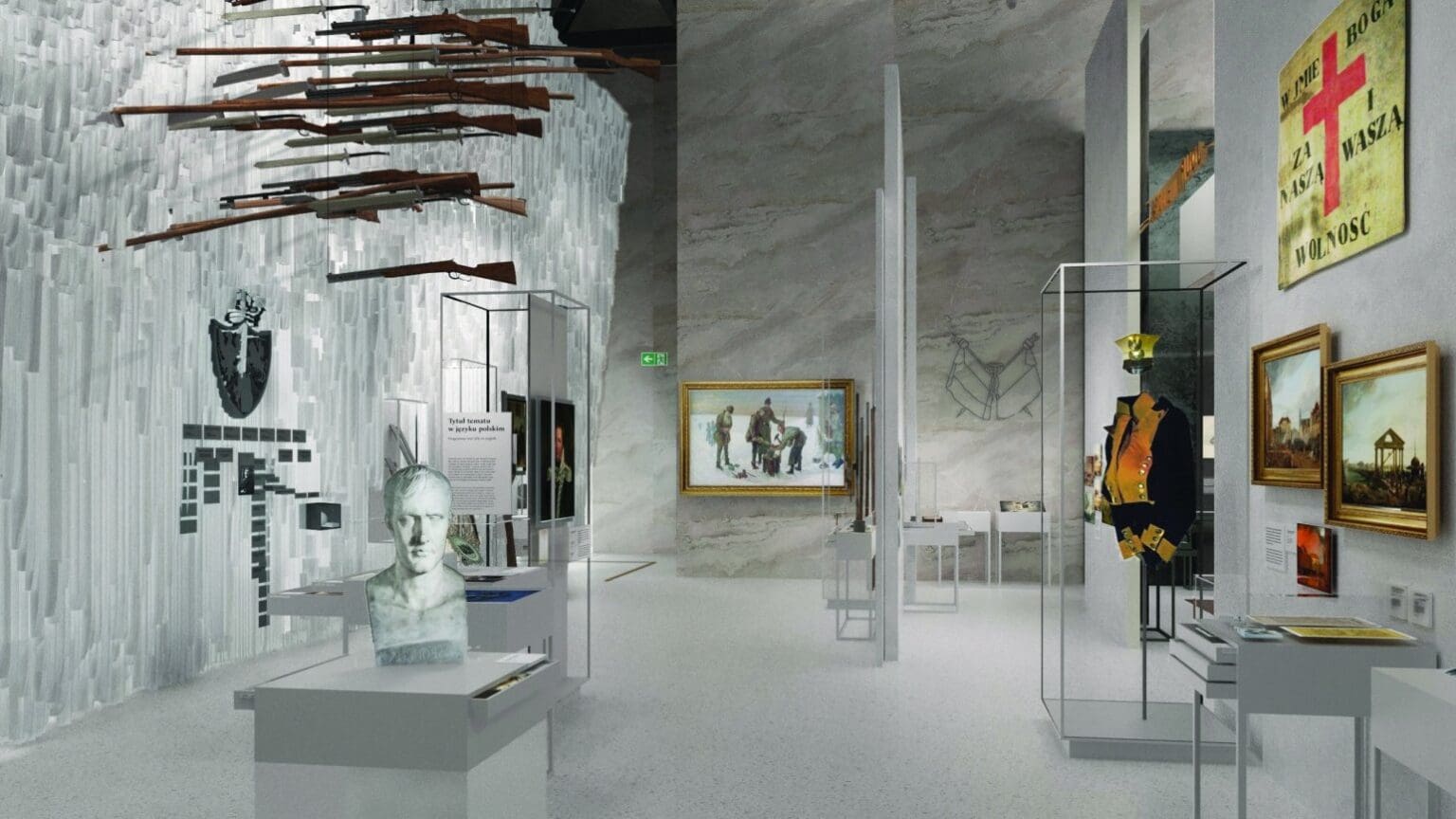
The Polish History Museum in Warsaw, Poland, the venue for the 12th European Remembrance Symposium last month, has an impressive array of items on display, ranging from 17th-century sunken treasure recovered from the Vistula River to items related to the ongoing Russo-Ukrainian war, such as a ball with which the Polish National Team scored against Russia at Euro 2012.